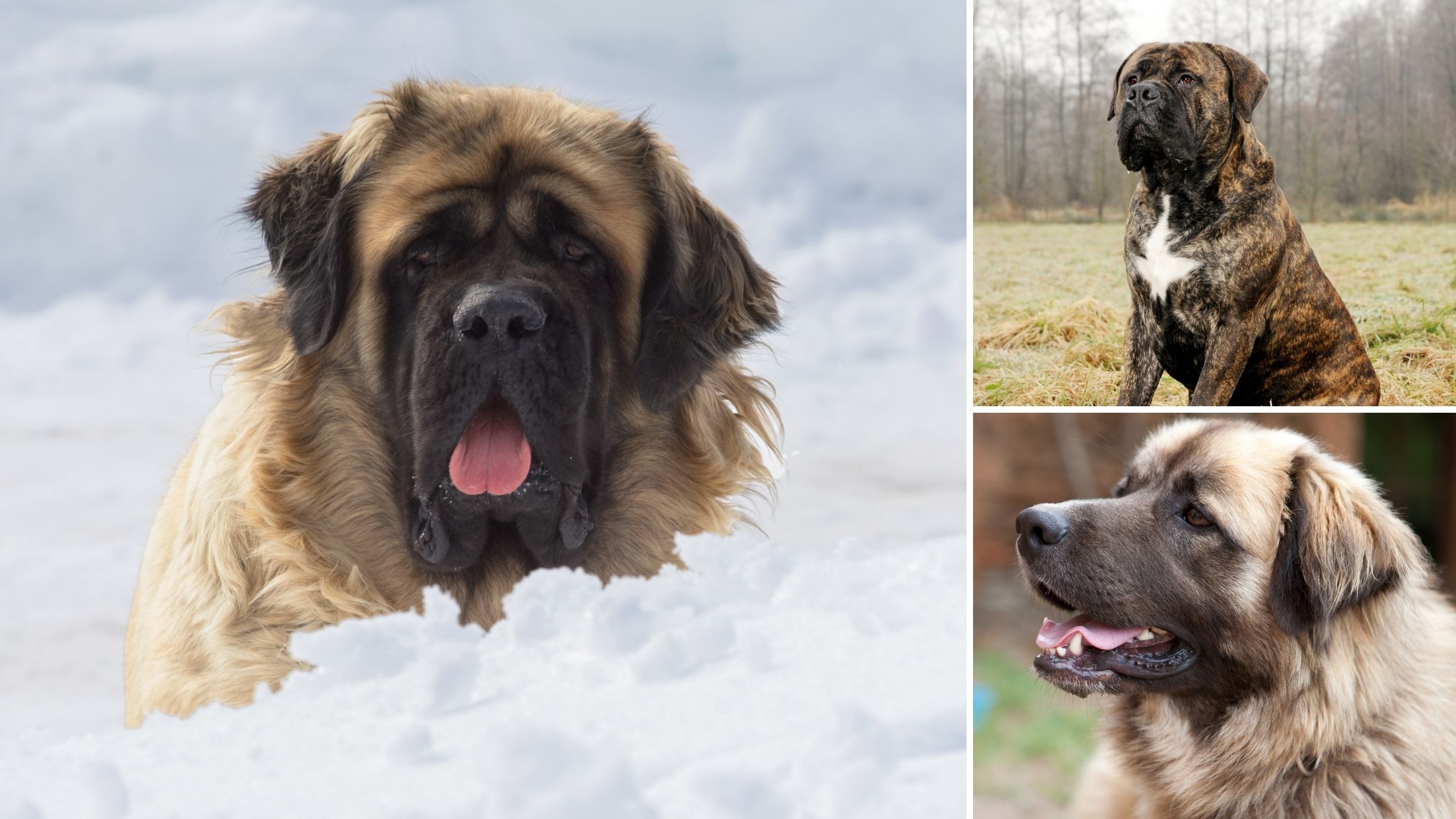Last Updated on 08/09/2021 by Veronica Jones
Introduction to the breed
The Sarabi dog is one of the most powerful dogs in the world.
It’s also known as a Persian Mastiff or Iranian Shepherd and is a protective, faithful and courageous breed of dog.
If you’re looking for a livestock guardian dog that is fierce and loyal, Iranian Shepherd dogs could be the right choice for you. Our complete guide will tell you everything you need to know about the Mastiff Persian breed, from their behavior and temperament to grooming, health issues and how much a puppy will cost you.
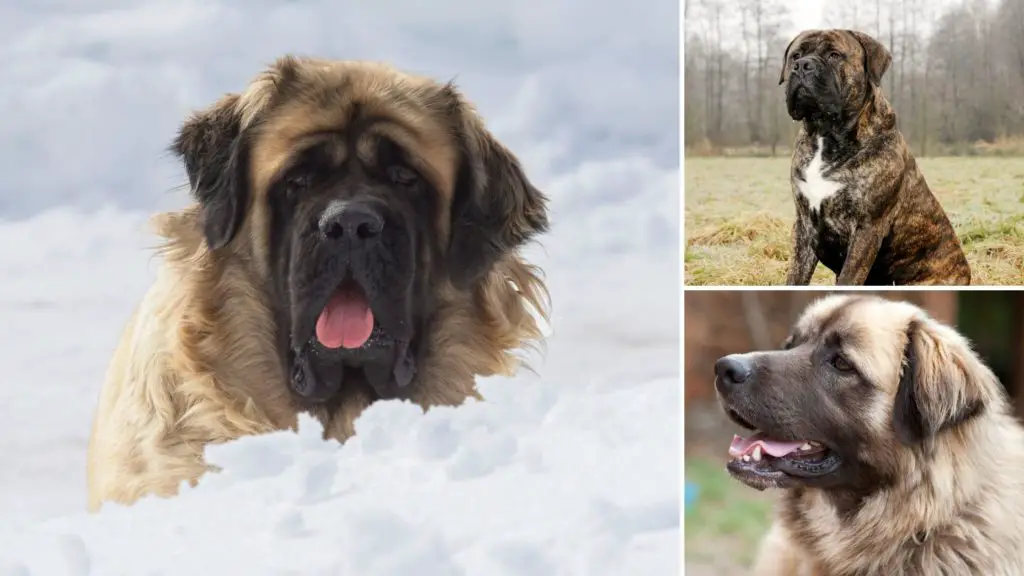
History and origins of the Sarabi dog
Sarabi dogs originate from the East Azerbaijan Province in northern Iran and are part of the molosser breeds of dogs. It is believed that molossus dogs are one of the oldest dog breeds who belonged to the ancient kingdom of the Mollosians who inhabited the region of Epirus.
Iranian shepherds kept Iranian Mastiff dogs to guard their flock against predators such as bears, wolves and other animals.
Physical appearance – What does a Sarabi dog look like?
The Sarabi dog has a large statue, heavy bones, a wide chest, broad muzzle and muscled legs. It has a big head with dark yellow almond-shaped eyes and a long, thick tail.
The Sarabi Mastiff’s coat is either short hair or medium hair and either a rich brown color with black shading, different shades of gray or a solid black color. Sometimes there will be some distinctive white markings on the chest.
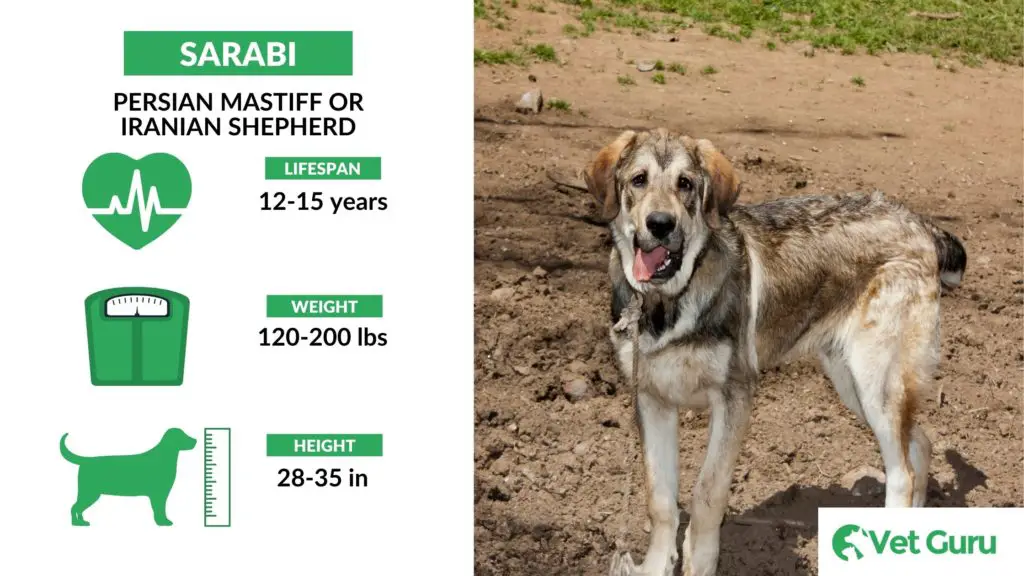
Temperament and behavior – are Sarabi dogs friendly?
Sarabi dogs are intelligent and intuitive, often figuring out things for themselves instead of waiting to be shown. They are also extremely loving creatures who will become a friend for life to members of the family.
They are naturally suspicious of strangers and can show aggressive behaviors such as growling or a loud bark unless trained properly.
Training a Sarabi dog
Training independent and powerful dogs such as Persian Sarabi dogs is no small task. A patient, firm and consistent approach to training is required to be successful so that your dog knows who the boss is. Lots of praise, positive gestures and tasty treats will help keep your pooch motivated. Crate training is recommended for Mastiff puppies as they are naturally curious and into everything.
Here are some tips on how to do obedience training with giant breeds of dogs such as the Sarabi.
1. Learning to heel and walk on a leash
Dogs have a natural instinct to pull or chase animals so it’s important to train them to heel and walk by your side. Using a non-retractable leash can help your dog learn appropriate walking distances. Keep treats handy to help your dog learn heeling by watching your hand as you give commands and hoping for a snack. Feeding your dog after your training session will make the treats even more enticing and effective.
2. No jumping
While people might find small dogs jumping up as a cute way to say hello, a jumping Sarabi dog could really scare or hurt someone. Show your dog other ways to greet people such as sitting or holding a paw out.
3. Sitting and staying
One of the most important commands to teach your dog is to sit and stay. It can keep your dog out of getting into bad or dangerous situations. Start by asking your dog to sit and stay every time you feed them. Remember to change the time you ask them to stay for so that they learn to respond to your command rather than a set time.
How much exercise does a Sarabi dog need?
The Persian Sarabi dog should be taken on regular walks in addition to its exercise as a working dog to release mental and physical energy. Regular exercise is also important to prevent excess weight gain.
During the summer months, take into account the heat as Mastiffs can overheat easily. Schedule walks for early mornings or late evenings and remember to take water with you in case they get hot.
Without enough exercise, Sarabi dogs can become bored and destructive. Set up an obstacle course in your backyard to keep them active and amused.
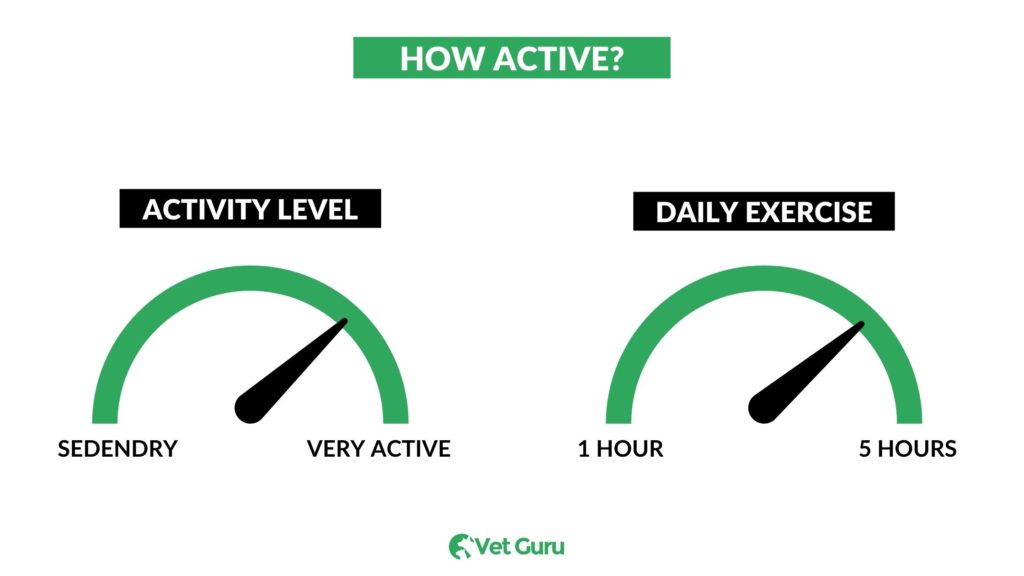
Grooming a Sarabi dog
Even though a Mastiff’s coat is short and dense, it does require regular grooming and bathing. Giving your pooch a bath every six to eight weeks will help to minimize shedding and help maintain a healthy skin and coat.
All dogs also need their nails trimmed to prevent damage to the toes or feet caused by long nails. Purchase some special trimmers or clippers for large dogs and ask your veterinarian to show you the correct technique. Cutting nails too short could result in cutting the blood vessels, which would need urgent medical assistance.
Use a high-velocity dryer or slicker brush to go over your dog’s body and remove any loose hair or dirt from the coat. Bath time is much easier if your dog is secured with a leash or harness. Remember to have some treats available to reward good behavior during bath time. In warm weather, you can use a low-pressure hose to rinse your dog’s coat thoroughly. Make sure you step back to allow your large pooch to shake off the excess water. Dry your dog’s coat thoroughly with a towel to stop him from getting cold.
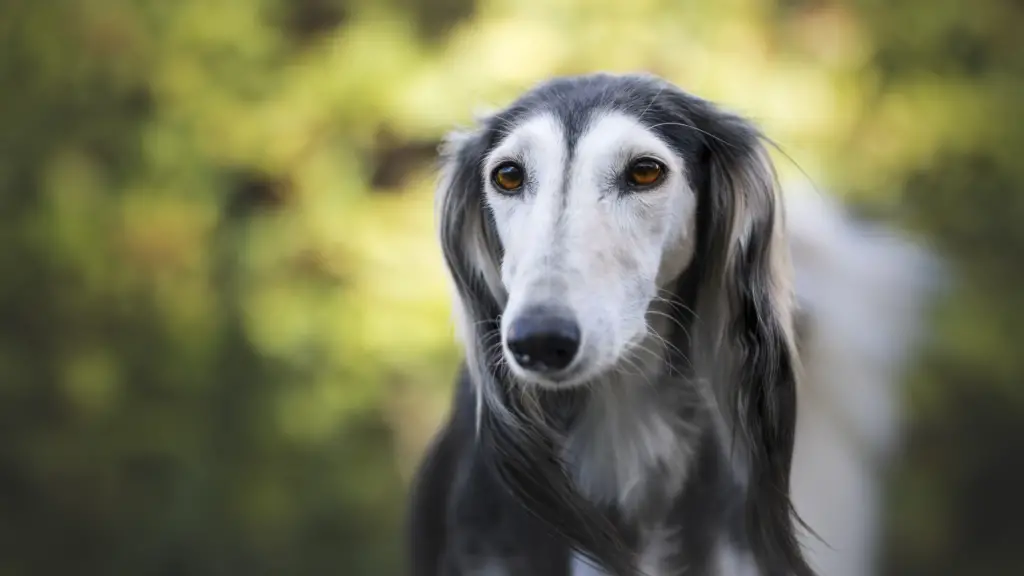
Common health issues of a Sarabi dog
Iranian Mastiff dogs are generally healthy breeds but can develop the following common health issues:
Hip dysplasia: if your dog’s hip socket pops out of its original place, hip dysplasia occurs. It is a painful condition that can dramatically reduce your dog’s quality of life. Symptoms of hip dysplasia include decreased activity, difficulty running or jumping and lameness in the hind end. If your Sarabi dog develops hip dysplasia, the good news is that there are treatment options. Weight reduction is the first step to take pressure off of the hips. Stopping exercise on hard surfaces and anti-inflammatory medications can also help.
Bloating: large dogs with broad chests like Persian Mastiffs are prone to getting air trapped in their stomach that causes bloating. This can be a fatal condition in dogs and requires urgent medical attention.
Obesity: the right balance of food and exercise is important for all dogs. Sarabi dogs are very energetic and active but eating too much food can cause them to gain weight. Obesity in canines will lead to an increased risk of cancer, diabetes and heart disease. They could also develop urinary bladder stones and other complications.
Progressive Retinal Atrophy (PRA): this is a degenerative eye disorder in dogs that can lead to blindness. Photoreceptors at the back of the eye disintegrate and cause a loss of vision. Fortunately, dogs can use their other senses to continue living a full and happy life.
Are Sarabi dogs good as family pets?
Whilst gentle giant dogs won’t try to harm family members, there are some dangers to consider if you have small children before searching for Persian Sarabi dogs for sale and buying one as a pet. Sarabi dogs can grow to 25-35 inches and weigh up to 180 pounds, which means they could unintentionally knock over and hurt younger family members while playing or chasing. The average life expectancy of the Persian Mastiff is 9-12 years.
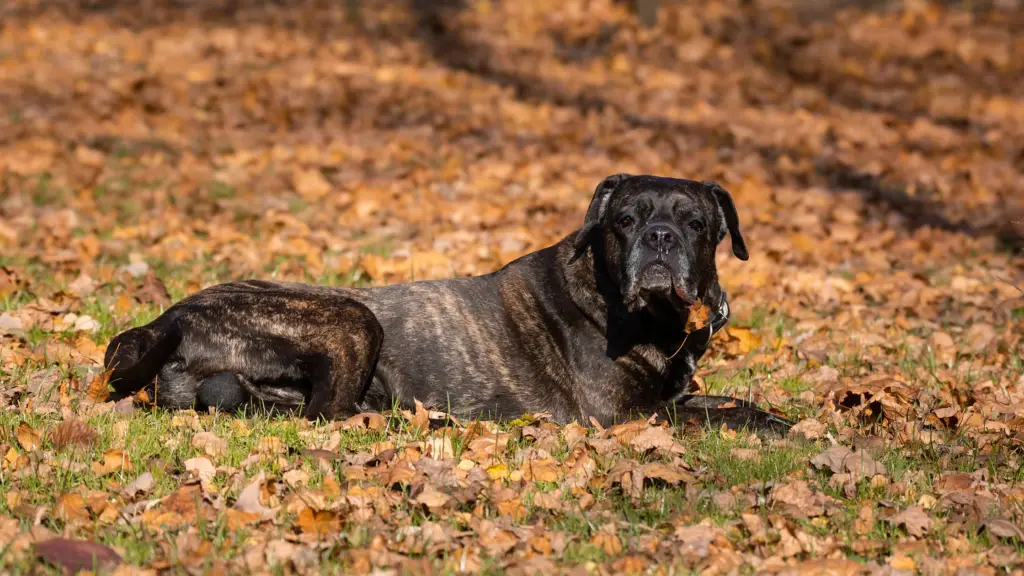
Are Sarabi dogs good with cats?
Like other Iranian dog breeds, the Persian Mastiff has a high prey drive so it’s not recommended that they are kept with other small animals such as cats or other dogs. They are a fiercely protective dog who will defend their home, which means having another animal to share a home with is a bad idea unless they are raised from a young age together.
Finding Sarabi dog puppies for sale
Knowing the best place to buy a puppy is critical to its health and happiness. The way your puppy is bred will affect his temperament and future health.
Consider buying your Sarabi dog puppy from an assured breeder who will comply with breed-specific health screening and maintain high standards of care for your puppy. Ask your breeder the following questions before you visit the puppy to find out about their breeding choices:
· Do you breed the puppies yourself?
· What is the litter size?
· Is it possible to see where they were bred?
· Can you see the mum and father?
· How many other litters has the mum had?
· Can you have the registration details for the sire (father) and dam (mother)?
· Will the puppies be vaccinated before going to their new homes?
Avoid puppy farms that simply breed large numbers of dogs for profit. A puppy farm will often cut corners when it comes to the dogs’ welfare to maximize the amount of money they make. Dogs are often kept in dirty conditions with little light, ventilation or space. Many puppies who have been born in puppy farms are traumatized by the experience and can often have numerous behavioral problems their entire life.
Meeting a dog’s parents is an important step when considering which breed of dog to bring into your home. You will get to see the breed’s temperament and get an idea of how your dog will behave when it is fully grown.
It’s important to check the mother’s health to make sure it can provide enough milk for her litter. A mother’s milk will help young dogs fight off diseases and maintain good health as it grows up.
Visiting the place where your potential future dog is being raised during the crucial first few weeks will let you see their environment. Puppies should be socialized from an early age so they get used to other people and household noises such as vacuum cleaners and washing machines. Being shut away from a typical home environment could cause behavioral problems as they develop and grow.
How much does a puppy cost?
The Persian Sarabi is considered a rare breed of dog, which means the price that you pay for one can vary significantly. The average Sarabi dog price is between $500-$1000.
Good names for Sarabi dogs and Iranian Shepherd dog
Now you know that a Sarabi dog is for you, it’s time for the fun part of choosing a suitable name.
Here are a few suggestions and their meanings for you to consider.
Male names:
· Hadi – leader.
· Oman – faith.
· Kaveh – royalty.
· Kian – king.
· Piruz – victorious.
· Masud – lucky.
· Rahman – merciful.
· Soroush – obedient.
· Shahzad – Prince.
· Jahan – world.
Female names:
· Banu – lady.
· Dana – wise.
· Darya – ocean.
· Iman – to be faithful.
· Laleh – tulip.
· Minu – heaven.
· Parvana – butterfly.
· Roshan – bright light.
· Shadi – happiness.
· Ziba – beautiful.
Similar dog breed to a Sarabi dog
Still not sure whether the Sarabi Mastiff is the right dog for you? Here are some similar breeds to consider.
Boerboel: large, docile and easy to groom dogs that are confident and territorial. They need plenty of exercise and an assertive owner who can train them correctly. Their impressive physical strength is matched by their love and devotion to their family. Boerboels are extremely intelligent and need plenty of mental exercise to keep them stimulated and entertained.
Kangal: another large working guardian dog that originates from the Turkish province of Sivas. They are known for having a predictable and reliable temperament and are gentle around livestock and children while being aggressive to unwanted predators. It is believed that they are related to mastiff breeds such as the Sarabi because they are categorized as part of the molosser family.
Cane Corso: this Italian dog breed loves having a job to do. They are powerful and athletic dogs who make loyal companions. Be mindful that their loyalty only extends to members of their family and will fiercely protect their loved ones. Cane Corsos love helping with livestock or doing obedience or tracking work.
Summary
If you’re an experienced dog owner looking for a large protective, independent livestock and property guardian that has a lot of love to give, the Sarabi Mastiff dog could be the right fit for you.
Getting a dog is an exciting time, but choosing the right breed for your lifestyle and family can be overwhelming. Hopefully, this guide has told you everything you need to consider about the wonderful Persian dog breeds and how to care for them properly.
References:
1. AKC “dog breeds”, https://www.akc.org/dog-breeds/, Accessed 20th July2021
2. American Kennel Club “Mastiff dogs”, https://www.akc.org/dog-breeds/mastiff/, Accessed 20th July 2021
3. PetCareRx “large dog training tips” https://www.petcarerx.com/article/large-dog-training-tips/862, Accessed 20thJuly 2021
4. Purina “how to find the right breed dog for you”, https://www.purina.co.uk/find-a-pet/dog-breeds/breed-selector, Accessed 21st July 2021
5. VCA Hospitals “obesity in dogs”, https://vcahospitals.com/know-your-pet/obesity-in-dogs, Accessed 21st July 2021
6. PetCareRx “Large dog grooming tips”, https://www.petcarerx.com/article/large-dog-grooming-tips/863, Accessed 21st July 2021
7. Pets WEBMD “common dog health conditions”, https://pets.webmd.com/dogs/conditions, Accessed 21st July 2021
8. Bluecross “advice on where to buy a puppy”, https://www.bluecross.org.uk/pet-advice/buying-a-puppy, Accessed 21st July 2021

